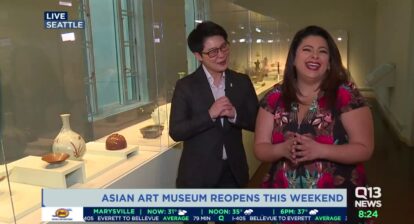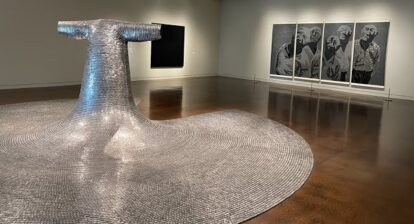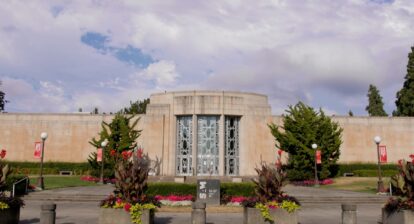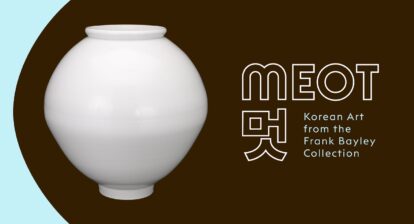The current Seattle Asian Art Museum was constructed as an Art Deco styled building designed in 1933 by Carl F. Gould of the architectural firm Bebb and Gould. The elegant exterior enhanced by the crafted metal and glass doors distinguish the design amongst Art Moderne classics. When it was initially opened, it hosted the original main collection of the Seattle Art Museum. In 1991, the contents were transferred to the newly constructed downtown Art Museum. For three years the facility remained closed while undergoing a reincarnation to become the Seattle Asian Art Museum. Its orientation shifted to exhibiting the Seattle Art Museum’s holdings of Asian arts and crafts. The Asian Art Museum officially opened in August 1994.
The transformation segmented the building into thirteen galleries with one large section reserved for special exhibitions every six months. The collection is organized thematically with art and objects grouped by their relationship to themes including spirituality, worship, celebration, visuals arts, literature, clothing, nature and the power of birth and death.
The collection is composed primarily of Chinese, Korean, Japanese, Indian, Himalayan and Southeast Asian art. One of the premier pieces owned is an artwork entitled Sone/One by South Korean sculptor Do-Ho Suh in the form of a suit of armor made of thousands of military IDs, better known as dog-tags. Korean ceramic artist Yoon Kwang-cho is also represented in the collection.
The art museum is located within Seattle’s Volunteer Park that was purchased by the city in 1876 from J. M. Colman, a sawmill engineer. The 40 acres would eventually be divided into a cemetery later called Lake View, an arboretum, reservoir and recreational fields and facilities.
Two of the most notable sculptures fronting the building ar the pair of camels called the guardians. Both were sourced from China and have been part of the museum layout since it’s opening in 1933. They were selected by then Seattle Art Museum Director Dr. Richard Fuller and his mother museum co-founder Margaret MacTavish Fuller. Since their installation, they have become a popular climbing and photography venue for children and especially adults with childlike fascination for fancy and imagination.






